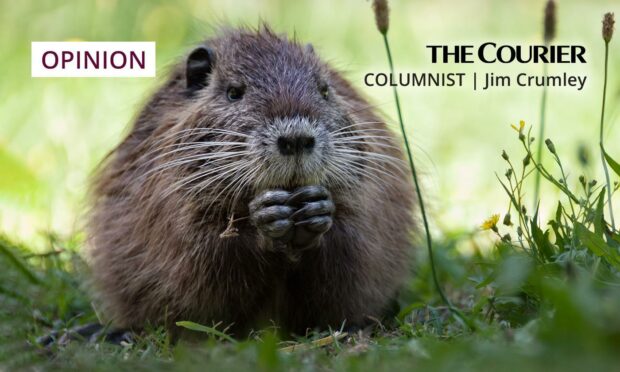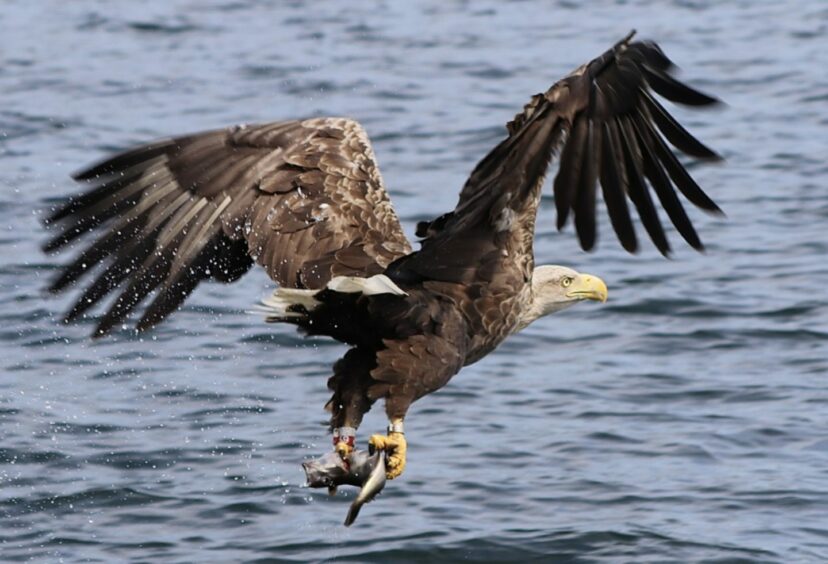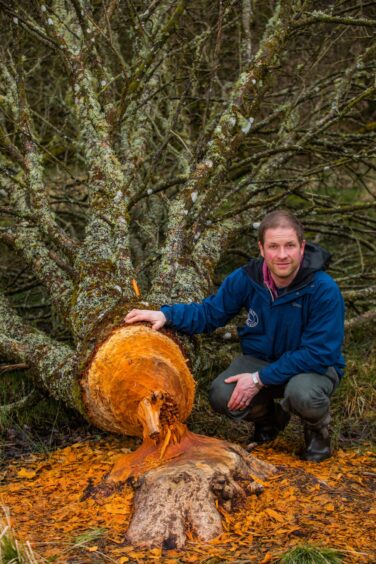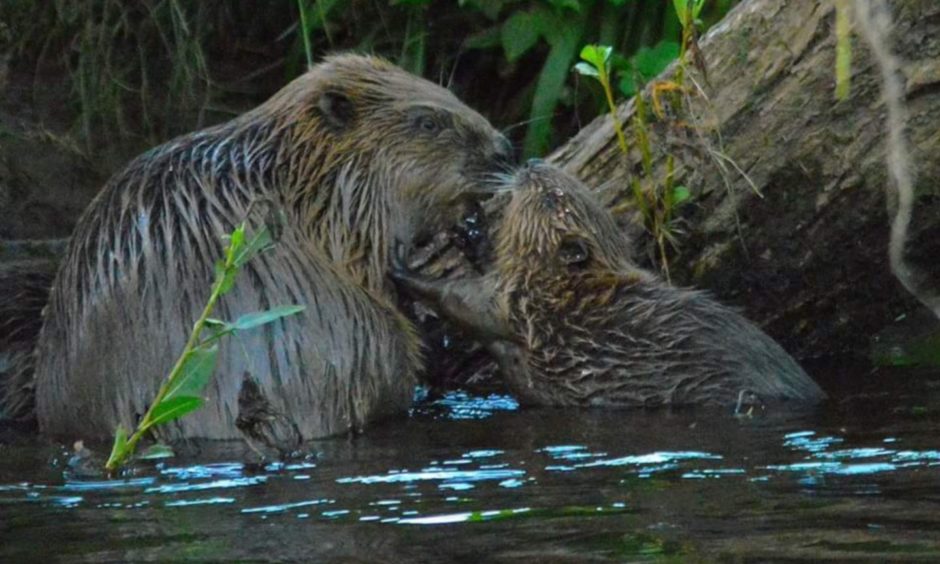At every turn since the beginning of Scotland’s official beaver reintroduction in Argyll in 2009, the process has failed beavers.
The current situation, in which wild beavers are being captured and released into captivity in England, stands thoughtful conservation thinking on its head.
But then thoughtful conservation thinking has played very little part in the process.
The Scottish Government and its advisers at NatureScot listen to farmers and gamekeepers more attentively than to conservationists who have the beavers’ interests at heart.
But then there is nothing new in that.
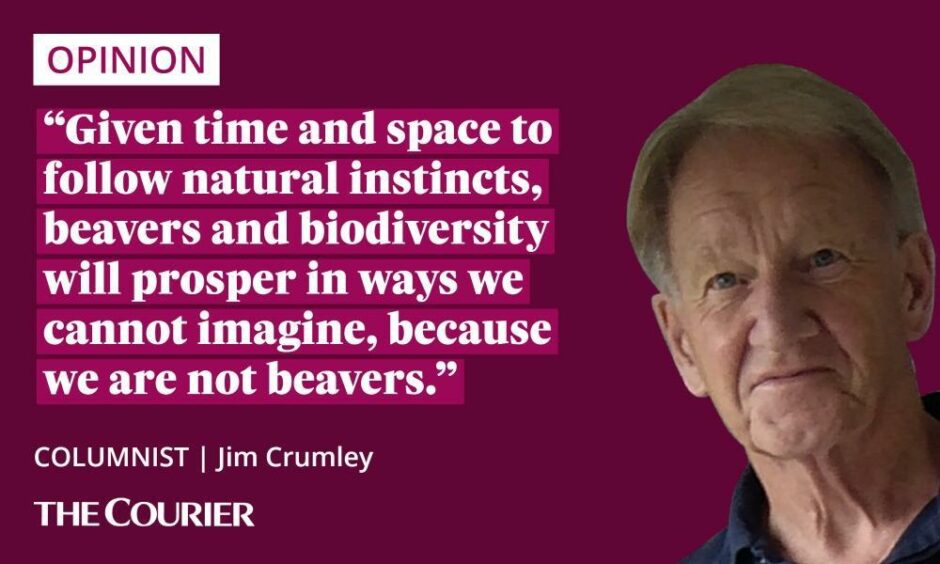
The temptation to meddle with natural processes is irresistible.
Putting human fingerprints all over native wildlife, removing them from their native territories and handing them over to who knows what fates hundreds of miles away, is recklessly misguided.
It is the tell-tale behaviour of people who think there can be no circumstance in which the needs of nature should have a higher priority than the worst excesses of human prejudice and self-interest.
Beavers following where eagles and pine martens went before
We sent Scottish sea eagles to the Isle of Wight and one after another they succumb to persecution all across the south of England.
We sent golden eagles from their Highlands-and-Islands stronghold to the Borders where they have not prospered in 100 years because they decline to settle there, and where potential new hunting territories host the better part of 1,000 wind turbines.
We sent pine martens from their Highland stronghold to various parts of England and Wales.
And now, we are sending beavers to everywhere from Cumbria to the south coast in response to the bleating of angry Scottish farmers.
So wild beavers will now be subjected to a life in electrically-fenced enclosures.
We have known ever since the ill-fated experiment by the 3rd Marquess of Bute in the 1870s that there is a single inevitable consequence of enclosing beavers. They eat themselves out of habitat.
When that happens in the wild, the beavers simply move on.
They colonise a new area of their own choosing, leaving behind them a changed landscape which begins to evolve into a biologically diverse wet woodland.
When they eat themselves out of habitat in an enclosure, decisions about what should happen to them and where they should go have to be taken for them by people, by “wildlife managers”.
Why can’t we learn from those who know better?
We are unwilling to learn from people who have lived and worked with beavers forever.
This is the American nature writer and wildlife artist David M. Carroll writing about the role of beavers in the wetlands of his native New Hampshire:
“With their judicious upland riparian cuttings and their far more extensive workings in riverine and wetland riparian habitats, beavers can be thought of as consummate wildlife managers.
“The term ‘wildlife management’, often used in the environmental polemics of the day in reference to human manipulations, is an oxymoron.
“We should have learned long ago to simply leave the proper natural space, to respectfully withdraw and let wildlife manage wildlife.”
There it is. Let wildlife manage wildlife.
It is one of two essential fundamentals at the heart of sound conservation. The other one is this: protect the strongholds.
Meddling with nature instead of letting beavers flourish
Translocation is nature’s job, not ours.
Where nature has demonstrated that particular species prosper in particular landscapes our job is to remove obstacles from nature’s path, not remove nature from what people with guns perceive to be obstacles.
After three nights’ work, the new dam looks like this pic.twitter.com/CHQ4Wp1hHR
— Paul Ramsay (@paulramsaybamff) April 8, 2022
The Scottish Government’s stated intention was to see the beaver re-established across its historic territories in Scotland.
The beavers immediately began the long-term task of achieving exactly that of their own accord.
The two populations in Argyll and Tayside began to move towards each other, and to venture north and south.
The ideal can only be achieved if we let the beavers show us what they have in mind, not by showing the beavers what we have in mind.
And the essential ingredient is time.
The population of beavers in Scotland is immature and uncertain.
The animals were absent for around 400 years. They have been back for 20 years.
They are still learning how to rediscover old beaver landscapes.
Given time and space to follow natural instincts, beavers and biodiversity will prosper in ways we cannot imagine.
Because we are not beavers.
Is Scotland serious about the reintroduction of beavers?
The only way to understand wild animals is by living alongside them, sharing the landscape with them.
Our job is to watch and learn, to restore and extend native habitats. And to heal wounds we have inflicted and continue to inflict on nature.
And that takes time.
Species reintroduction is only worth the effort if it accepts nature’s terms.
So far, we have insisted on our terms, and these have too often been dictated by farmers and keepers.
Or by a zoo mentality that kidnaps a wild animal on its own territory where it is at ease and prospering, and dumps it hundreds of miles away inside an electric fence.
All of which is why, right now, Scotland does not deserve wild beavers.
